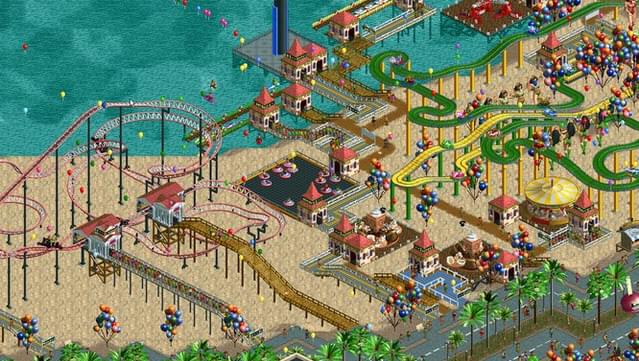Chafa
16. 12. 2025The premier UX of the 21st century just got a little better: With chafa, you can now view very, very reasonable approximations of pictures and animations in the comfort of your favorite terminal emulator.
https://hpjansson.org/chafa
https://news.ycombinator.com/item?id=46278208







